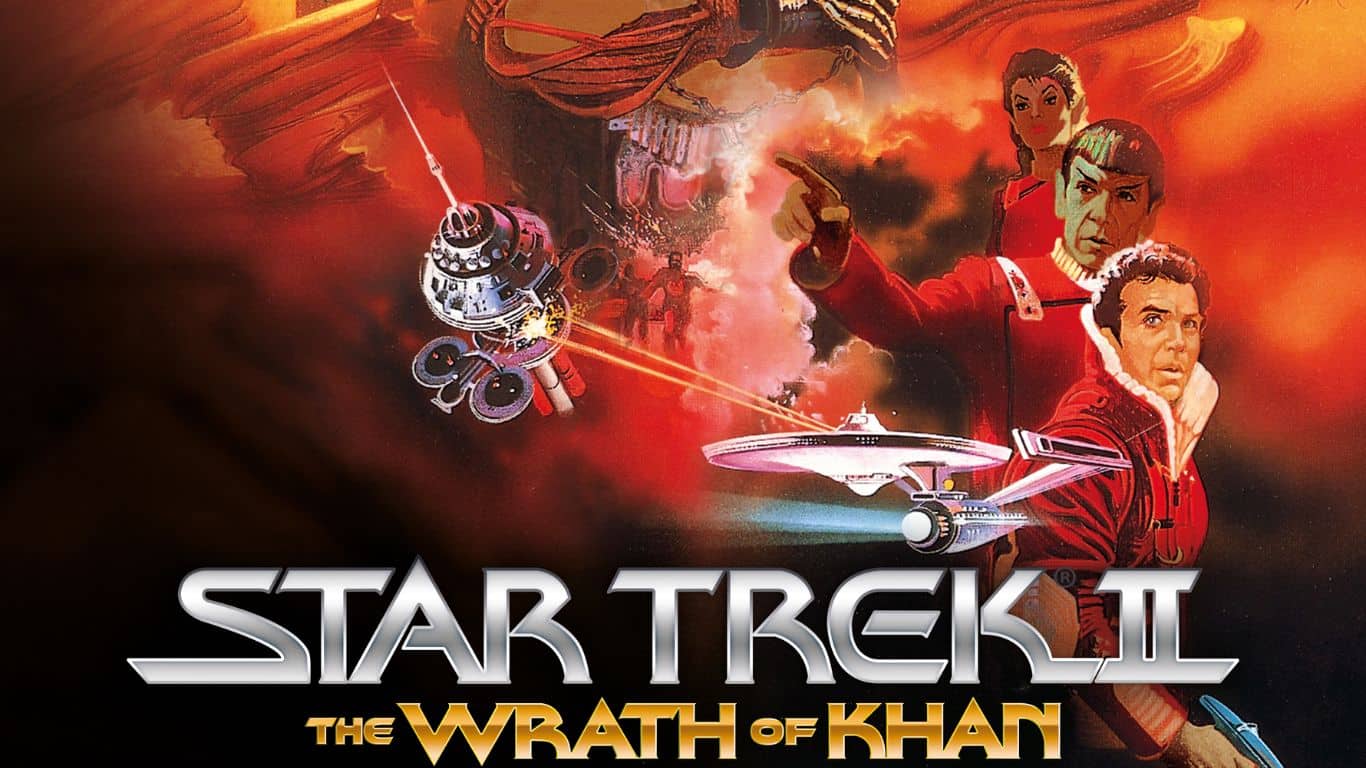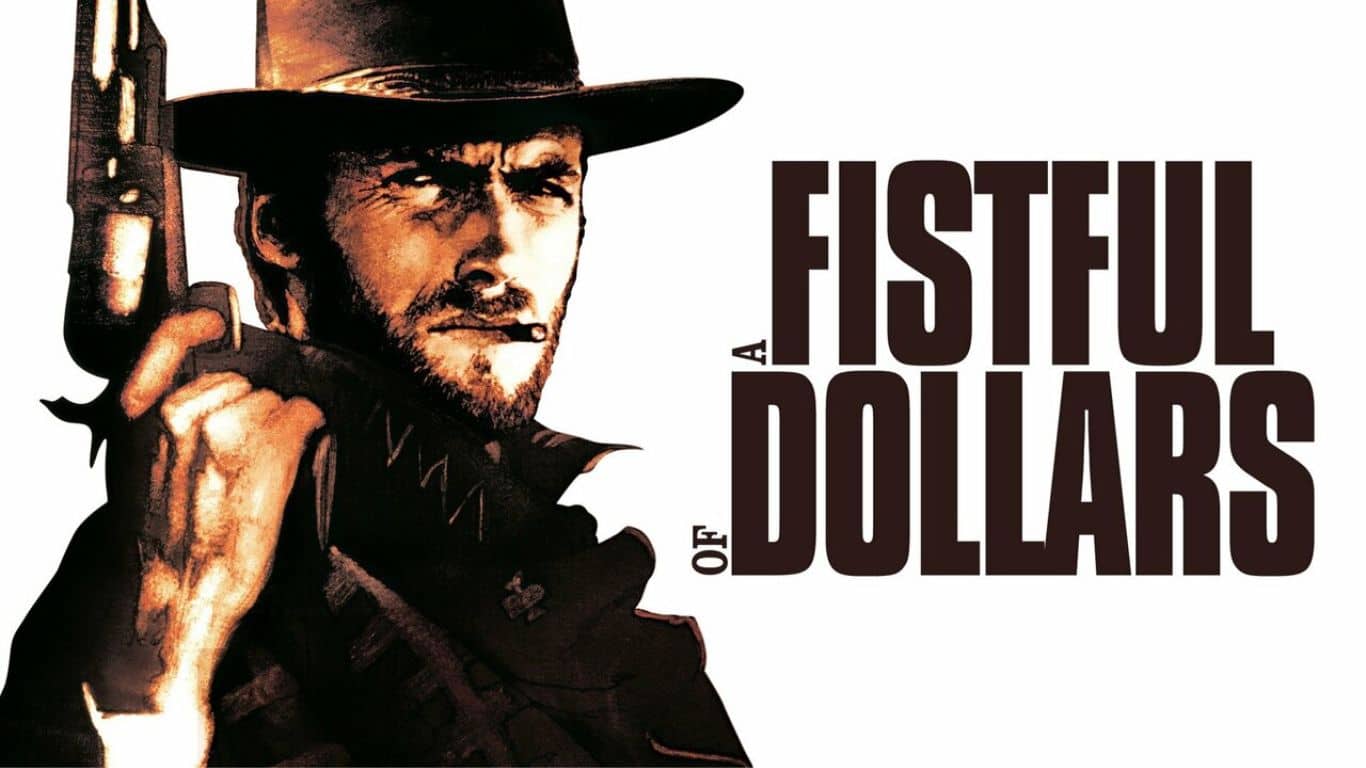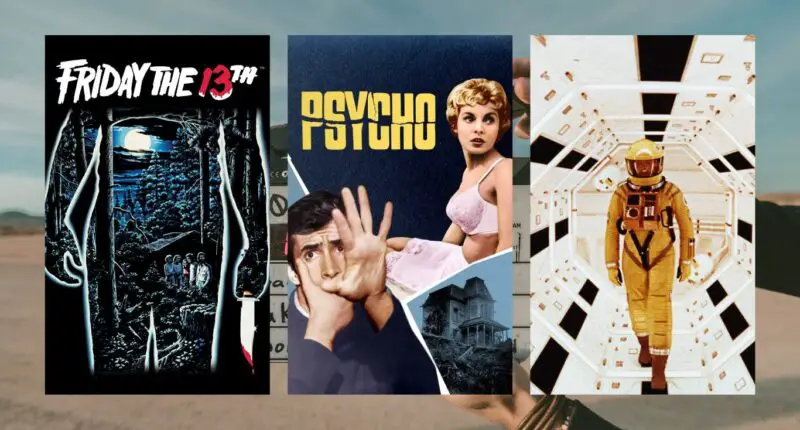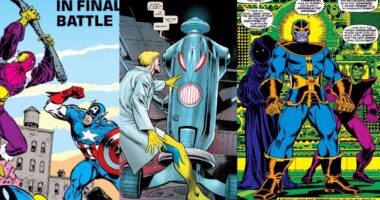Do you ever leave the movie theater with a craving to immerse yourself further into the world you just experienced on the big screen? If so, you’re in luck! Novelizations of films can be the perfect way to dive deeper into the characters, stories, and universes that captivate us. These written adaptations often provide additional background, perspectives, and details that couldn’t be explored in the limited runtime of a film. I’ve picked the 7 best novelizations of films that not only successfully bring their cinematic counterparts to life on the page, but also enrich and expand upon them in ways that make the reading experience an absolute delight.
7 Best Novelizations of Films
Star Trek II: The Wrath Of Khan

Star Trek II: The Wrath of Khan, released in 1982, is a popular science fiction film that is part of the Star Trek franchise. After the film’s successful debut, Vonda N. McIntyre wrote a novelization that expanded on the film’s story. The novelization delves deeper into the character’s backgrounds and motivations, providing readers with a richer understanding of the Star Trek universe. The movie’s plot revolves around Admiral James T. Kirk and the crew of the USS Enterprise as they face a vengeful adversary, Khan Noonien Singh. Khan, a genetically engineered superhuman, seeks revenge on Kirk for stranding him on a desolate planet years prior.
The thrilling conflict unfolds as Kirk and his crew must outmaneuver and defeat Khan to save the day. The novel, like the movie, explores themes of friendship, sacrifice, and the consequences of one’s actions. By offering additional insights into the characters and their relationships, the novelization allows fans to experience the story on a more intimate level.
2001: A Space Odyssey

The groundbreaking 1968 science fiction film 2001: A Space Odyssey, was directed by Stanley Kubrick and co-written by Kubrick and Arthur C. Clarke. While developing the film, Clarke wrote the novel of the same name, which was published after the movie’s release. The novel provides a more detailed exploration of the story presented in the film.
The story follows a voyage to Jupiter after the discovery of a mysterious monolith buried on the moon. This monolith appears to be a relic of an extraterrestrial civilization, and it sets off a series of events that lead to a fascinating encounter with an unknown form of intelligence. The novel delves into the science and philosophy behind the story, offering explanations and insights not covered in the film.
Clarke’s prose adds depth to the characters and their experiences, enriching the reader’s understanding of the narrative. The novel also expounds on the themes of human evolution, artificial intelligence, and the potential existence of extraterrestrial life.
A Fistful of Dollars

Sergio Leone’s iconic Dollars Trilogy not only turned Clint Eastwood into a star but also popularized the term “spaghetti western.” Following the success of these films, eight novelizations emerged, collectively known as The Dollars Series. British author Terry Harknett, who wrote more than two hundred pulp titles, penned the first novelization, A Fistful of Dollars, using the pseudonym Frank Chandler. Joe Millard wrote the remaining novels, except for the fifth installment, A Dollar To Die.
The Dollars Series expands on the stories from the films, providing a more in-depth look into the characters and the gritty world they inhabit. Readers get to delve deeper into the adventures of the iconic “Man with No Name,” played by Eastwood, as he navigates the dangerous landscape of the Old West.
Friday The 13th

In 1980, the slasher film that introduced the iconic hockey-masked killer, Jason, captured audiences’ attention. Seven years later, author Simon Hawke novelized this thrilling tale, which starred a young Kevin Bacon. The story follows a group of teenagers who meet their grisly ends in the woods. Little did anyone know that this chilling narrative would inspire a series of twelve films, seven novelizations, and a wide range of media offshoots and merchandise, including comics and action figures.
The Abyss

In 2012, the filmmaker James Cameron embarked on a journey to the bottom of the Mariana Trench, the deepest part of the ocean, showcasing his fascination with submarines. His purpose? To potentially encounter extraterrestrial life hidden in the depths. This fascination can be traced back to his 1989 film, The Abyss, which depicted a group of Navy SEALS diving deep into the ocean to investigate an unidentified submerged object (USO). As the story unfolds, a series of events involving warheads eventually lead to the safe delivery of Ed Harris’s character to the ocean’s surface by a benevolent race of sea aliens.
Orson Scott Card, a renowned sci-fi author known for Ender’s Game and other works, took the screenplay and used it as the foundation for the novelization. Card even crafted detailed backstories for the main characters to assist the actors in shaping their roles. The novelization, released in conjunction with the film in ’89, brought an additional dimension to The Abyss’s narrative.
Once Upon A Time In Hollywood

Tarantino’s paperback rendition of the Manson family murders, portrayed through the perspective of a struggling movie star and his trusty stunt double sidekick, is now readily available. In November 2020, Tarantino inked a deal with HarperCollins for the Once Upon A Time… novel, which hit the shelves in 29 June 2021. Seamlessly continuing where the film left off, the novel delves into Rick Dalton’s resurgent career as a minor actor on The Tonight Show Starring Johnny Carson.
Additionally, it delves deeper into the backstory of stuntman Cliff Booth and delves into Charles Manson’s aspirations in the music industry. Upon the book’s release, Tarantino unveiled his intentions to craft another offshoot novel, delving into Rick Dalton’s filmography. Notably, Tarantino curated a selection of genuine films and replaced their original stars, casting Rick Dalton as the leading man. With Tarantino, surprises are always in store.
Psycho

Alfred Hitchcock’s iconic film “Psycho” (1960) took inspiration from an unpublished manuscript by Robert Bloch. However, it is worth noting that the novel based on this manuscript was actually published after the film’s release. Hitchcock directed the film, which brought the thrilling story to life on the big screen. Robert Bloch’s manuscript served as the foundation for the film’s gripping narrative, centered around the character Norman Bates and his eerie motel. Although the novelization came later, the film itself became a timeless classic, leaving an indelible mark on the suspense and horror genres.
Also Read: 10 Best Spider-Man Video Games of All Time



